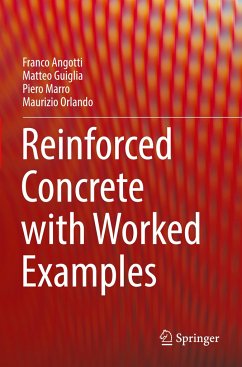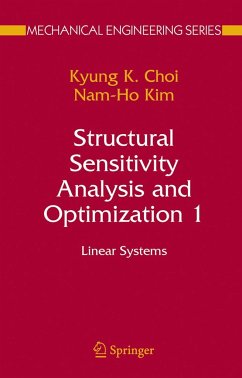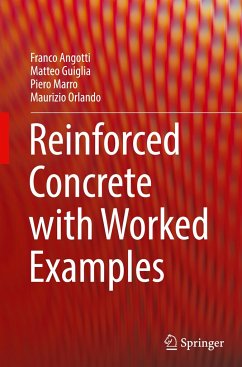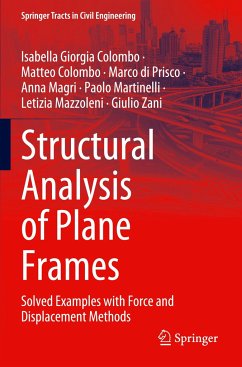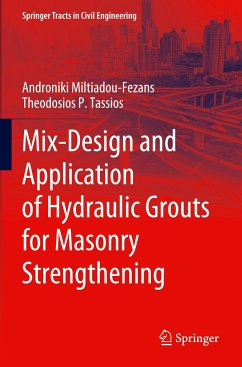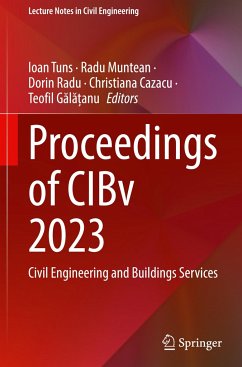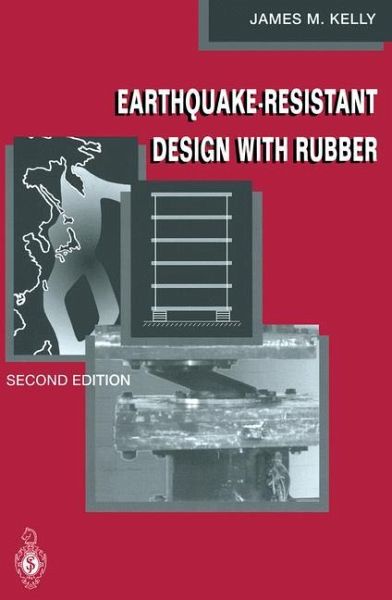
Earthquake-Resistant Design with Rubber
Versandkostenfrei!
Versandfertig in 6-10 Tagen
76,99 €
inkl. MwSt.

PAYBACK Punkte
38 °P sammeln!
Base isolation technology offers a cost-effective and reliable strategy for mitigating seismic damage to structures. The effectiveness of this new technology has been demonstrated not only in laboratory research, but also in the actual response of base-isolated buildings during earthquakes. Increasingly, new and existing buildings in earthquake-prone regions throughout the world are making use of this innovative strategy. In this expanded and updated edition, the design methods and guidelines associated with seismic isolation are detailed. The main focus of the book is on isolation systems tha...
Base isolation technology offers a cost-effective and reliable strategy for mitigating seismic damage to structures. The effectiveness of this new technology has been demonstrated not only in laboratory research, but also in the actual response of base-isolated buildings during earthquakes. Increasingly, new and existing buildings in earthquake-prone regions throughout the world are making use of this innovative strategy. In this expanded and updated edition, the design methods and guidelines associated with seismic isolation are detailed. The main focus of the book is on isolation systems that use a damped natural rubber. Topics covered include coupled lateral-torsional response, the behavior of multilayer bearings under compression and bending, and the buckling behavior of elastomeric bearings. Also featured is a section covering the recent changes in building code requirements.








